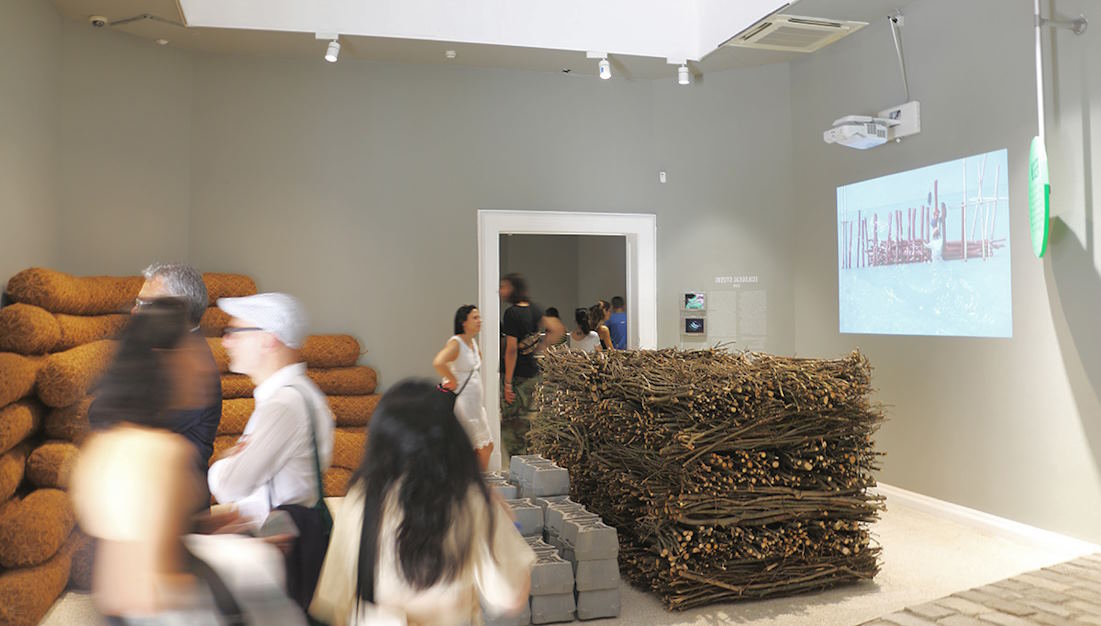Art exhibitions have long served as more than just spaces for showcasing aesthetic beauty; they have been powerful platforms for addressing pressing social issues and catalyzing activism. From the early days of artistic expression to the present, artists and curators have utilized exhibitions as arenas for sparking dialogue, challenging societal norms, and advocating for change. In these curated spaces, art transcends its traditional role, becoming a medium through which individuals and communities can confront, interrogate, and ultimately transform the world around them.
Characteristics of Art Exhibitions as Platforms for Social Commentary
Art exhibitions serve as dynamic platforms for social commentary, showcasing a diverse array of mediums that transcend traditional boundaries of expression. From paintings and sculptures to multimedia installations and performance art, these exhibitions harness the power of creativity to address pressing social issues. Artists leverage their chosen mediums to provoke thought, evoke emotion, and challenge prevailing narratives on themes like inequality, justice, environmentalism, and more. Through their artwork, they offer nuanced perspectives that compel viewers to confront uncomfortable truths and interrogate established norms.

Moreover, the role of curators and institutions in shaping socially conscious exhibitions cannot be overstated. These gatekeepers play a crucial role in selecting artists and artworks that align with the exhibition’s thematic focus, ensuring a cohesive and impactful presentation. Curators often collaborate closely with artists to contextualize their work within broader social contexts, fostering deeper engagement and understanding among viewers. Institutions provide essential resources and platforms for artists to amplify their voices and reach diverse audiences, thereby extending the impact of their social commentary beyond the confines of the gallery walls.
In essence, the characteristics of art exhibitions as platforms for social commentary are defined by their embrace of diverse mediums, exploration of pertinent themes, and the collaborative efforts of artists, curators, and institutions. Through these exhibitions, artists transcend mere aesthetics, using their creative prowess to spark meaningful dialogue, provoke social change, and inspire collective action.

Impact and Influence of Art Exhibitions on Society
Art exhibitions wield a profound influence on society, catalyzing conversations, challenging perceptions, and inspiring action on pressing social issues. Case studies abound of exhibitions that have ignited societal change or dialogue, from groundbreaking displays highlighting racial injustice to thought-provoking installations addressing climate change. These exhibitions serve as catalysts for societal reflection, prompting individuals to confront uncomfortable truths and mobilize for change.
Moreover, the impact of art exhibitions extends far beyond the confines of the gallery space, reaching diverse audiences and provoking thought on a global scale. Through strategic curation, innovative marketing, and inclusive programming, exhibitions transcend socioeconomic barriers, engaging individuals from all walks of life in meaningful dialogue. By creating spaces for empathy, connection, and introspection, art exhibitions foster a sense of collective responsibility and inspire viewers to envision a more just and equitable world.
Furthermore, socially engaged exhibitions have the power to shape the trajectory of artists’ careers, propelling them into the spotlight and amplifying their voices on the world stage. Artists who participate in exhibitions that confront social issues often find themselves at the forefront of critical discourse, garnering recognition for their boldness, creativity, and commitment to social justice. Through their involvement in socially engaged exhibitions, these artists not only elevate their own profiles but also contribute to the broader cultural landscape, leaving an indelible mark on society for generations to come.


